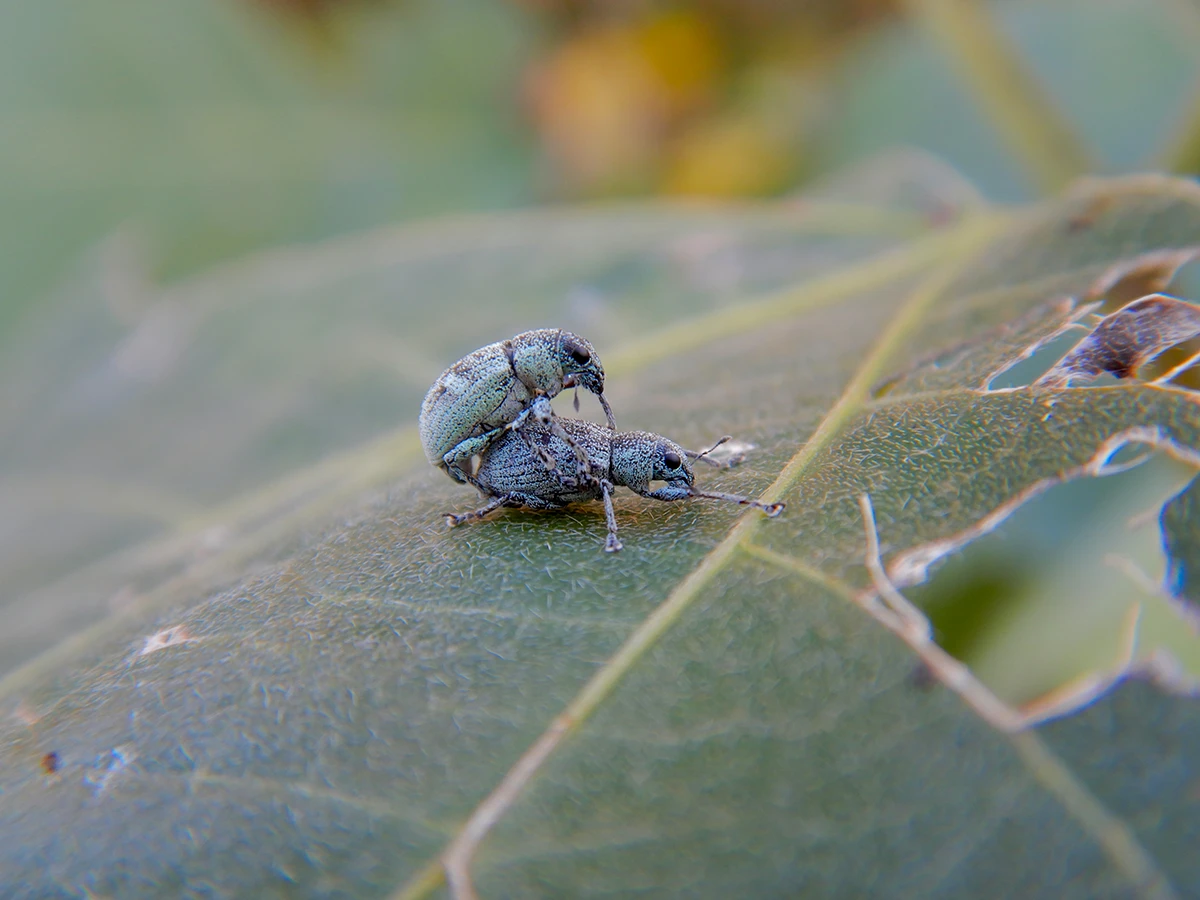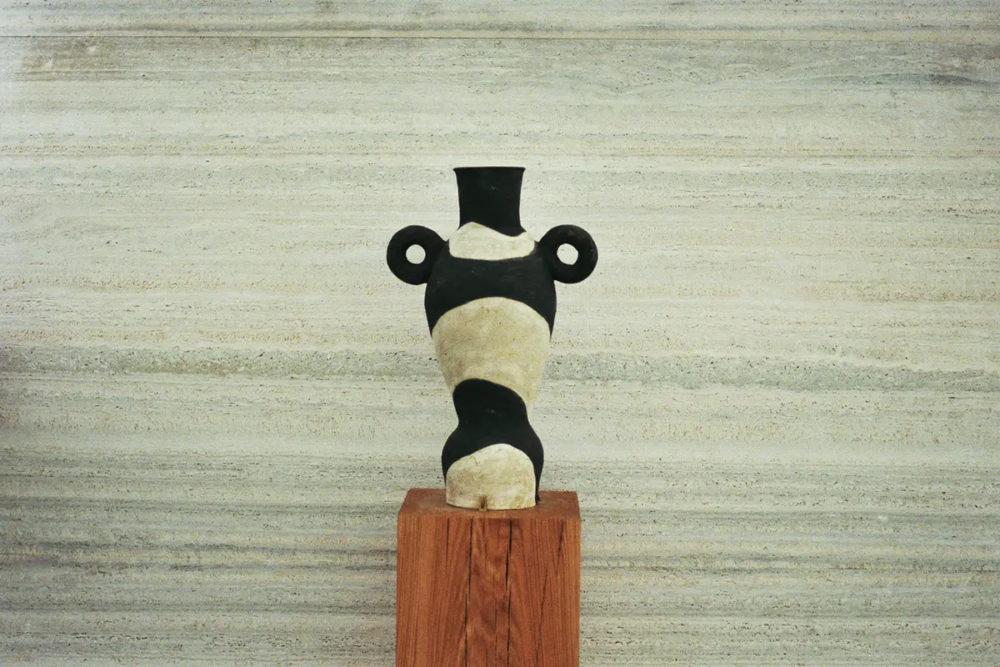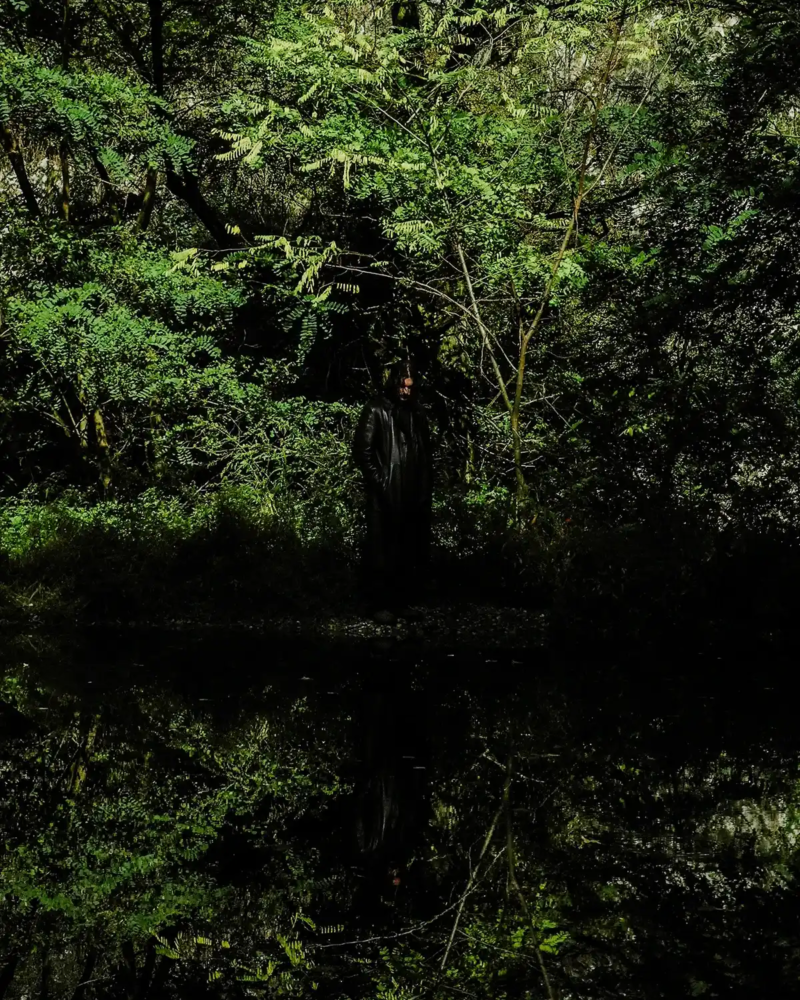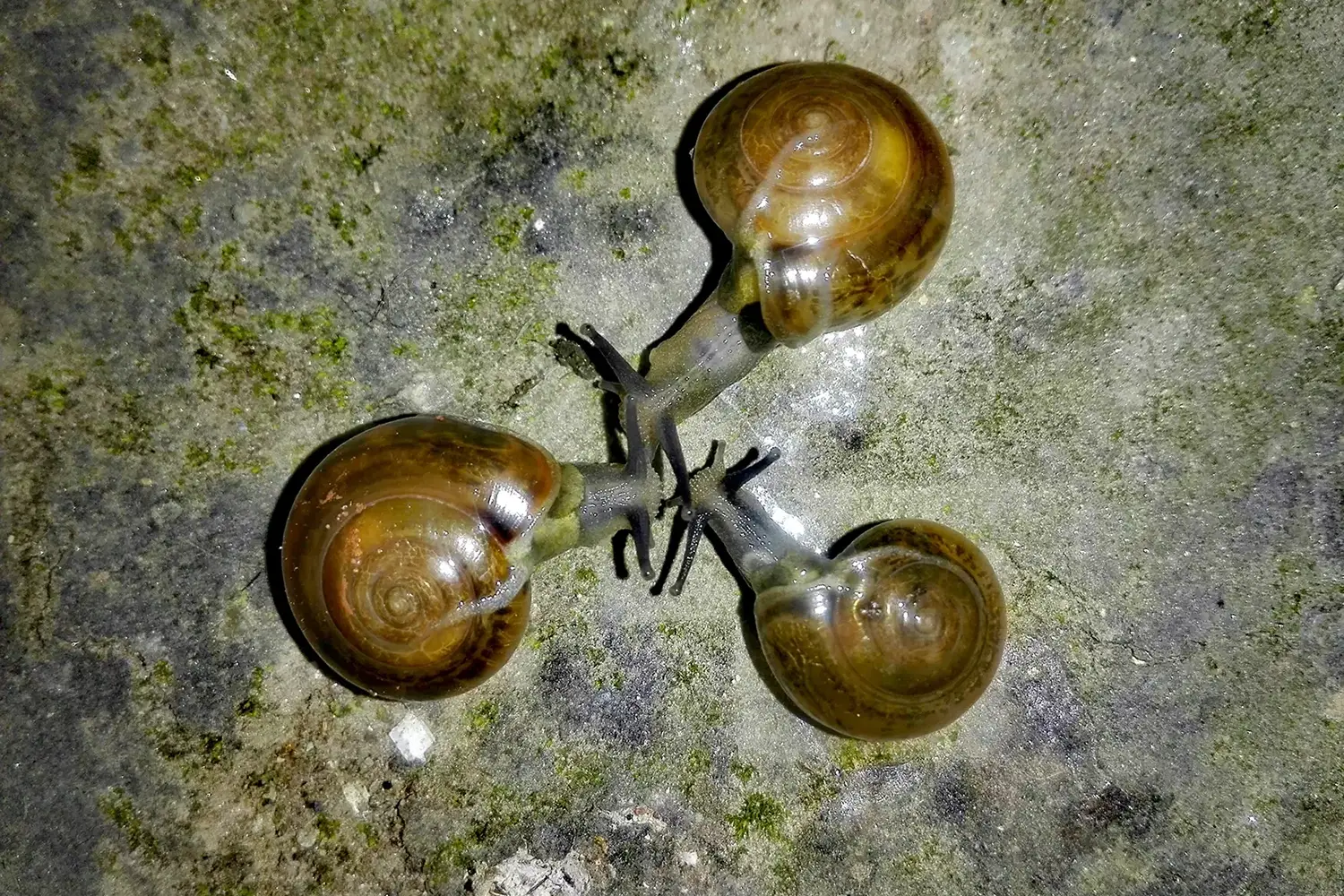
Snails: love darts, reciprocal insemination, and polyamorous courtship rituals
Yuri Tuma, co-founder of the Institute of Postnatural Studies: snail mating behaviors that complicate pleasure, violence, and post-patriarchal sex narratives in backyard biodiversity hotspots
Snails as queer ecological disruptors
Small traits mirror queer ecology’s insistence that both identity and environment are fluid, interdependent, and shaped by desires and vulnerabilities. At its heart, queer ecology undoes hierarchies and binaries – male/female, human/animal, natural/unnatural – and invites us to see life as messy, interconnected, and mutable.
Within the manicured geometry of our gardens – curated theatres of order and control – queer critters slip through the cracks of our man-made boundaries, soft-bodied saboteurs dismantling our obsession with symmetry and sanitation. They gnaw at the edges of ornamental borders, unsettling the illusion of a nature tailored to obey. One such welcome critter is the snail.
Often dismissed, the terrestrial snail can be understood as a subtle disruptor of binaries. Most land-dwelling species are hermaphroditic, embodying both male and female reproductive anatomies. They traverse the roles of what we could define as motherhood and fatherhood fluidly, cyclically, sometimes simultaneously – collapsing the rigid frameworks through which we categorize life and identity. Their sex is not fixed: it is contextual, relational, and mutual.
Snails thrive in slow, nonlinear, cyclical rhythms, inhabiting moist, dark, marginal environments. They are sensual creatures: soft, wet, slow-moving. They sense the world through their bodies.
Yuri Tuma – a visual artist, researcher, and co-founder of the Institute of Postnatural Studies – investigates the intersections of queerness, nature, and posthuman futures. In their recent book La Condición Postnatural, published by their editorial platform Cthulhu Books, they expand on what it means to live and think in a world where the boundaries between the natural and the artificial, the human and the nonhuman, are increasingly blurred.
Love darts & mutual fertilization: snail mating practices that rewrite sex, violence, and consent
Lorenzo Zerbini While mating, snails often engage in mutual sperm exchange, where both individuals reciprocally copulate. Some species stab each other with calcereous darts – so-called love darts – complicating ideas of pleasure, violence, desire, and consent. Give-and-receive dynamics are mutual.
YT The normative, heteropatriarchal way of understanding love or sex is penetrative, phallic, perhaps even abusive. The snail is an invitation to think of how many other ways we can understand sexual kinship. Sex doesn’t need to be penetrative: it can be more erotic, it can be more romantic, it can be multifold, it can be polyamorous, it can be multi-gendered, and so on. Queer sex and queer love is an invitation to think of sharing emotional connection, spiritual connection, bodily pleasures, but are not for a procreation purpose, unless so desired.
Queer ecology vs. capitalist control: ethics of pest management and the politics of consent
LZ Queer ecology is not only about breaking gender and binary norms, but also about going against a broader system of capitalist logics of speed, control, and productivity.
YT When sexuality enters a conversation, topics around ethics and consent become alarmed, and they become a focal point of the conversation. When we think of gardeners trying to control pests, where is the consent in there? Where is the consent for the gardener to get rid of these snails? Why is there no conversation around ethics and consent then? I’m just trying to provoke that sexuality causes a glitch in the Western way of understanding love and romance. When it comes to killing or colonizing, or burning up a whole forest, where is the consent on that?
“La Condición Postnatural”: expanding queer ecology through posthuman narratives and animal homosexuality
LZ In the book La Condición Postnatural, in a chapter called “Against Nature”, you expand on the topic of animals’ homosexual behavior. Through this lens, how do you think queerness is a strategy for destabilizing the supposed natural bodies, species, systems? How does queer thinking dismantle this idea of binary nature?
YT One of the main things that queer ecology tries to do is reflect on power, on how we tell stories, on how we tell science. Queer ecology is an invitation to find non normative or alternative narratives that can potentially expand our understanding of what nature is. When you put the attention on animals that are displaying homosexual behavior as part of nature, you oppose the idea of queerness as “unnatural”. That is why it’s super powerful to have those examples shown.
There are so many animals and plants that are bi gendered, non binary, or even different identities that we could potentially not even understand in human ways. I think telling those stories and generating those new narratives, in exhibition and academic spaces, is super important to break from a normative way of understanding science evolution and how our bodies should work, how our emotions should work, and to question who is behind defining that. Which then becomes also a matter of how desire and pleasure are understood.
What happens when two different species engage affectively? Is that a queer act? One example is the eco-sexual movement. These artists, performers, practitioners, engage in different modes of sharing love with the Earth. Thinking through the eco-sexual lens breaks the barriers between how a human can relate to a plant, a mountain, the water or the soil, for example. Besides domesticating it, besides agriculture and gardening. What other queer ways can we think of to create relationships with other than humans?
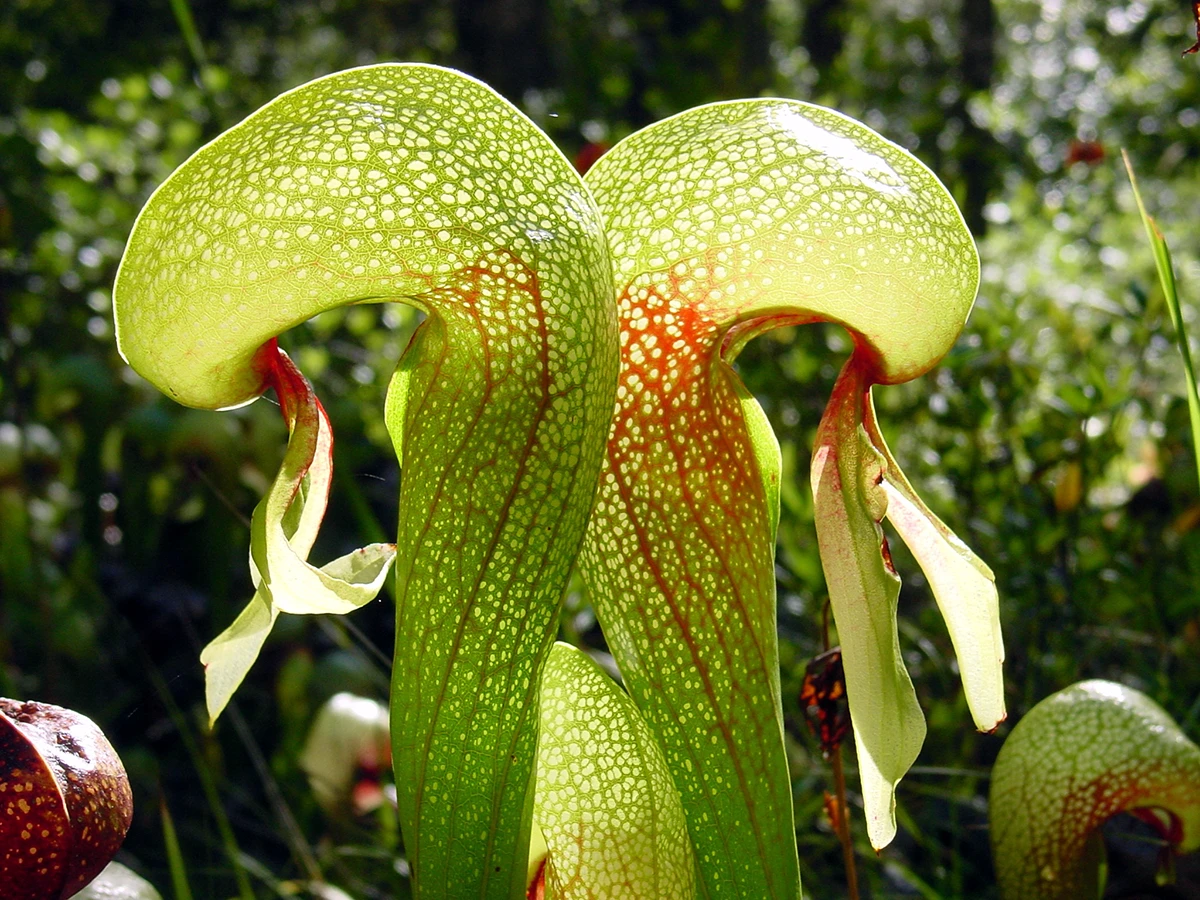
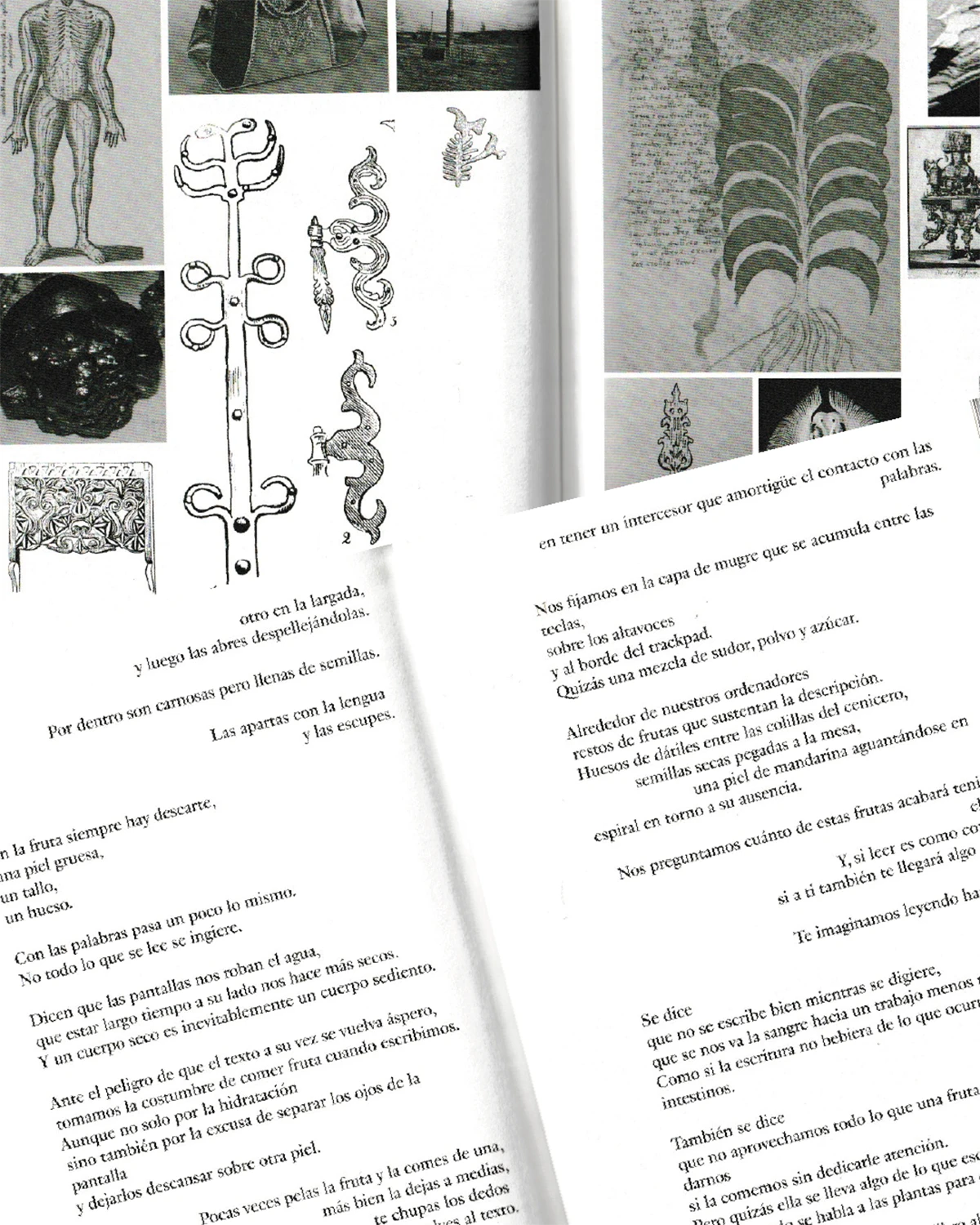
Postnature explained: redefining ecology beyond the Nature–culture binary
LZ How do you feel about a word that is saying that we are in a moment where nature no longer exists?
YT Postnature is an open invitation to think about how we can understand ecology today. Postnature gives us the opportunity to question how, in our Western culture, we have associated nature to something that is exterior from us. Nature conceptualized as something that is hanging on a painting on a wall, to be looked at and not necessarily be part of, creates an ontological distance. Postnature is an invitation to come back to the idea that we are part of nature, while breaking the idea that nature is something static that can be defined in a dictionary. Postnature is an invitation to see nature as a cultural construct. We all understand nature differently, especially according to where you come from, to which culture you were raised by.
Our academic programming, through seminars and a 6 month independent program, revolves around many different topics, which can include queer ecologies, sound ecologies, new materialities in artistic practices, decolonial thinking, afrofuturism, exploring ecology and relationships to nature in many different ways. We do that by inviting guests, philosophers, artists, thinkers, curators, researchers that are working in these specific fields. The third thing that we do is the editorial line, which is Cthulhu Books.
Sound ecology for slow living: how intentional listening challenges visual capitalism
LZ For a long time you’ve been engaged in sound ecology. How do you think sound helps us to rethink these logics of speed, and rather engage more in a sort of ecological timing?
YT When you think of an ocularcentric society where we’re constantly being asked to see things, to visually consume things, listening and sound can definitely be a queer way of breaking away from that oculocentric consumption that overwhelms us. I distinguish hearing from listening. When you listen, there’s an intention behind the action. It is an invitation to be in the present that is breaking away with normative accelerationism of a capitalist society. Implementing sound in art practices is an invitation to spend more time with something; it invites you to stay and slow down. I think sound and listening are both invitations to experience life in a queer way, in a society that is driven by visuality, consumption, and fastness.
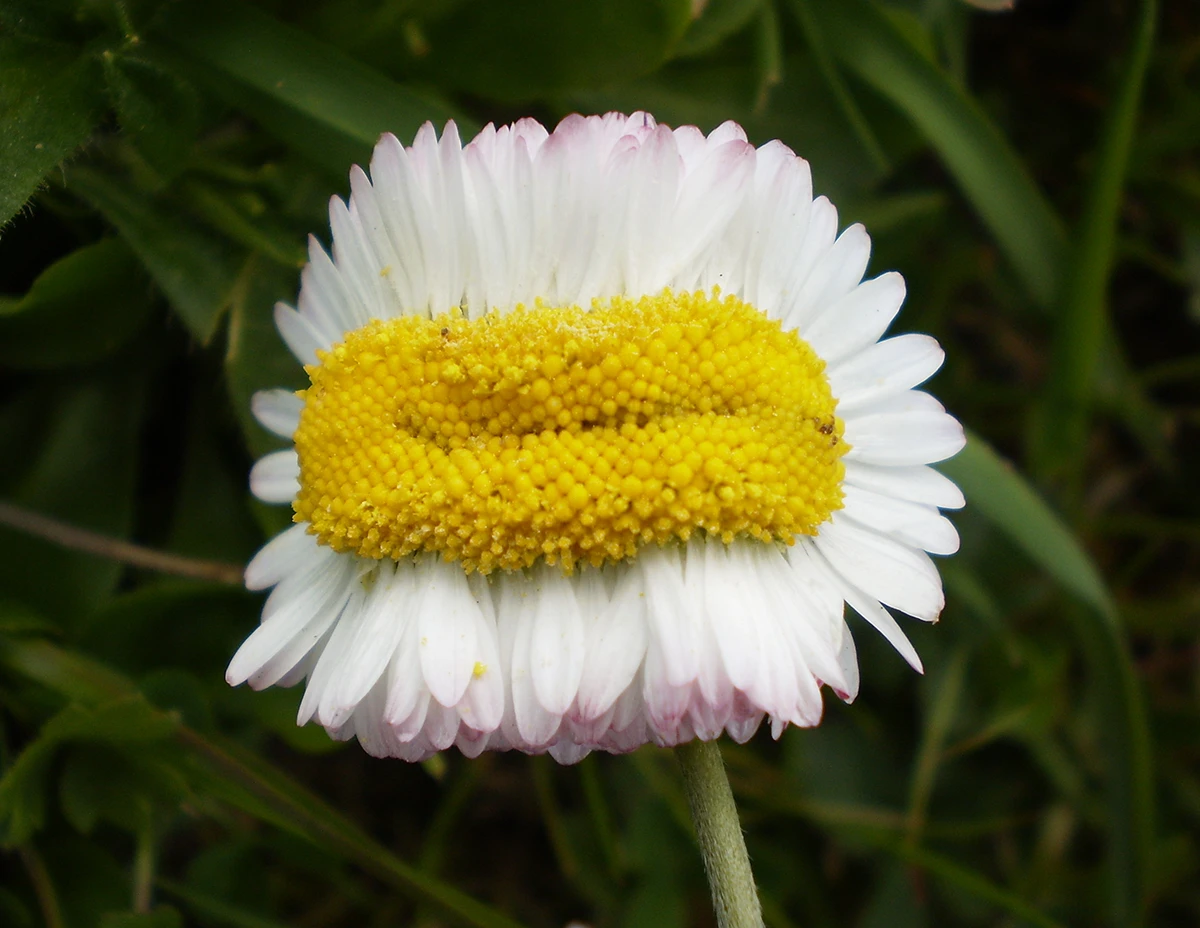
“Tidal Tones”: whale songs, military surveillance, and the wellness industry’s queer entanglements
LZ You have recently exhibited a piece in Vienna at Home, curated by Carmen Lael Hines and Clara Grillmaier. The piece was titled Tidal Tones, Frequencies of War and Wellness. It was composed of two different sound installations. One of them was an official document by the U.S. Navy read by artificial intelligence.
YT It describes a project in which the U.S. Navy utilized whale songs as a way to communicate between allies, as a way to evade the ear of the enemy. They’re collecting these sounds and transforming them into human codes. In the other room, there was a sound bath of whale sounds, aligned with contemporary wellness activities, in which your body is invited to relax, to be in the moment, to slow down and align.
Whales have been recorded because of military technologies, and the whales that we listen to now in our music apps, such as Spotify or Apple Music, are derived from this technological origin. The wellness use of whale songs holds a chord together with military technology. What is the frontier of colonial dynamics of capturing a sound that is not yours? Or entering territories that are not yours? What is the friction between the military and wellness?
It’s an invitation to be critical about how technologies that we use today have perhaps a military history. Thinking again through these, recordings of the whales have also historically generated a lot of empathy towards them, because when you listen to someone you have a much bigger opportunity to feel empathy towards them, versus when you just see an image. Listening is such a radical way of inviting someone else’s stories within you, to inhabit you. It’s such a profound way to connect to more than human experiences. I think of your scenarios, for example, what would happen if you listened to the snails burning on the copper? What change would that sound produce? How would gardening practice and our relationship with snails change?
Lorenzo Zerbini
